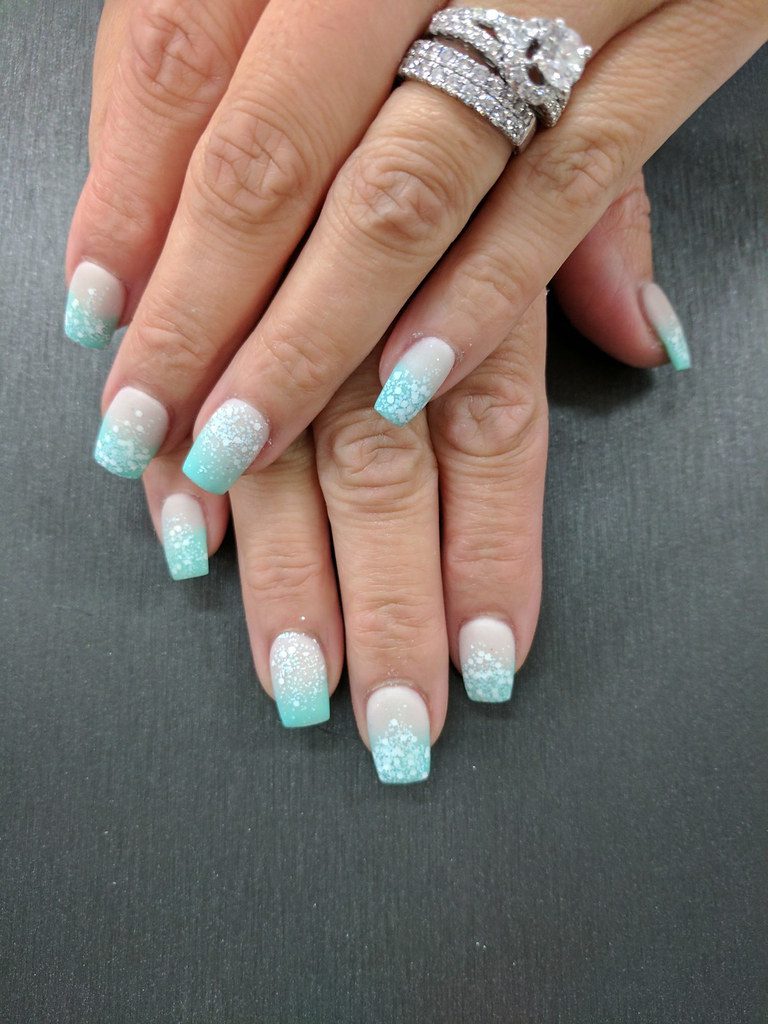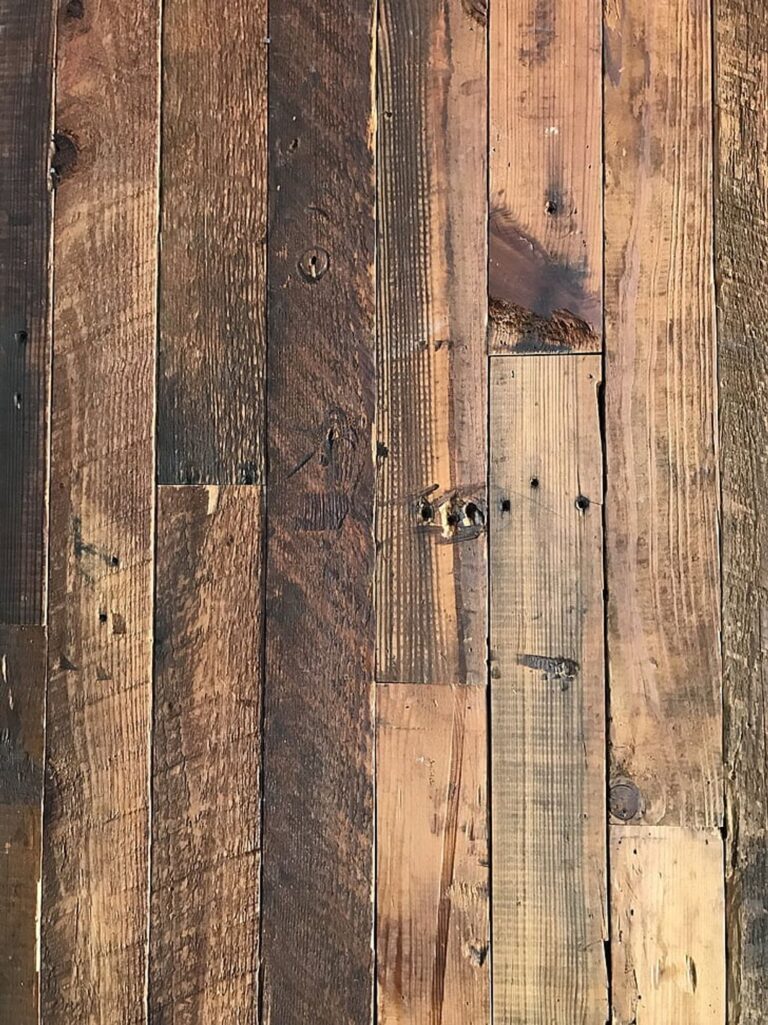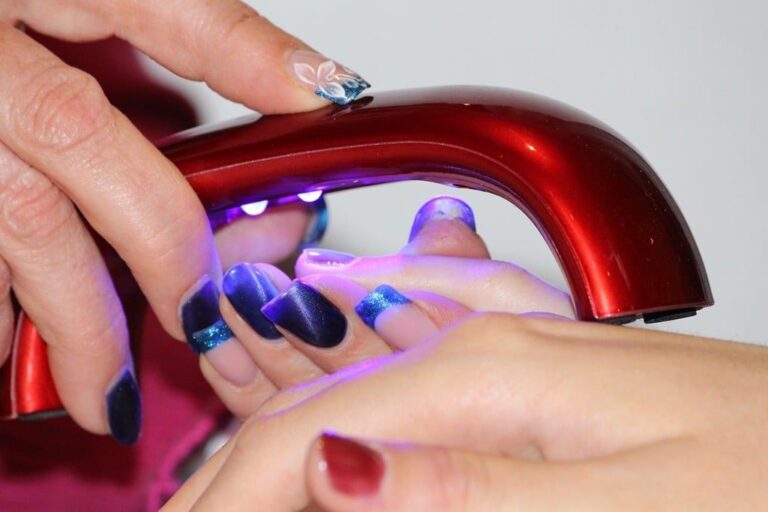“Baseboard Brilliance: What Nails to Use for Baseboard”
When it comes to installing baseboards, choosing the right nails is crucial for a professional and durable finish. This article explores the various types of nails suitable for baseboards, the best nails for different baseboard materials, installation techniques, and finishing touches to achieve a seamless look.
Key Takeaways
- Select the right nail size to ensure a secure and long-lasting baseboard installation.
- Pre-drill holes to prevent splitting when nailing into hardwood baseboards.
- Consider using stainless steel or galvanized nails for outdoor or moisture-prone areas.
- Use a nail set to countersink nails and create a smooth surface for painting or staining.
- Fill nail holes with wood putty or filler for a seamless and professional finish.
Understanding Baseboard Nails

Types of Nails for Baseboard
When it comes to securing baseboards, the choice of nails is crucial for both holding power and aesthetic finish. Finish nails are the most common choice for baseboard installation due to their strength and small head size, which makes them less visible once installed. Typically, finish nails range in size from 15 to 18 gauge, with the 16-gauge nail being a popular choice for its balance of size and holding power.
Brad nails are another option, especially for lighter trim work or when splitting the wood is a concern. Brad nails are thinner, usually 18 to 23 gauge, and work well with pneumatic or electric brad nailers. While they offer less holding power than finish nails, they are less likely to cause damage to delicate trim pieces.
For those who prefer a more traditional approach, cut nails provide a classic look and strong hold, but require more skill to install without splitting the wood. Here’s a quick reference list of nail types and their common uses:
- Finish Nails: Ideal for most baseboard installations.
- Brad Nails: Best for delicate trim or when minimal wood splitting is desired.
- Cut Nails: Suited for a traditional finish and historical renovations.
Tip: Always consider the thickness of the baseboard and the wall material when selecting nail size to ensure a secure and lasting installation.
Choosing the Right Nail Size
Selecting the appropriate nail size for baseboard installation is crucial for both holding power and aesthetic finish. Generally, a gauge size between 15 and 16 is recommended for most baseboard projects. These sizes provide a good balance between strength and subtlety, ensuring that the nails are strong enough to hold the baseboard in place without being overly conspicuous.
Brad nailers and finish nailers are common tools for this job, with brad nailers using finer 18-gauge nails suitable for lighter trim and finish nailers using larger gauge nails for more substantial work. It’s important to match the nail size to the material and the task at hand to avoid splitting the wood or compromising the hold.
Tip: When working with thicker or harder baseboards, consider pre-drilling holes to prevent the wood from splitting. This step can save time and materials in the long run.
Here’s a quick reference for nail sizes and their ideal uses:
| Gauge | Nail Length | Recommended Use |
|---|---|---|
| 15-16 | 1" – 2" | Standard baseboards |
| 18 | 5/8" – 1.5" | Light trim work |
Material Considerations

Best Nails for Wood Baseboards
When it comes to installing wood baseboards, the finish nail is the go-to choice for most carpenters. Finish nails provide a strong hold and have a small head that can be easily concealed, making them ideal for the finer finish work required by wood baseboards. Typically, a 15 or 16-gauge nail is used, which offers a balance between strength and subtlety.
Choosing the right length is crucial. A good rule of thumb is to select a nail that is three times the thickness of the baseboard material. This ensures that the nail penetrates the baseboard and securely anchors into the wall stud or backing.
- For 1/2 inch thick baseboards, a 1 1/2 inch nail is suitable.
- For 3/4 inch baseboards, a 2 to 2 1/2 inch nail will provide adequate hold.
Tip: Always ensure that the nails you choose are compatible with your nail gun, as using the wrong size can result in jams or inadequate holding power.
Nails for Vinyl Baseboards
When it comes to vinyl baseboards, it’s crucial to choose the right type of nails to ensure a secure and long-lasting installation. Stainless steel nails are highly recommended for vinyl baseboards due to their corrosion resistance and durability. These nails provide excellent holding power and are suitable for use in various environmental conditions. Here’s a quick comparison of nail types for vinyl baseboards:
| Nail Type | Features |
|---|---|
| Stainless Steel | Corrosion-resistant, durable |
| Galvanized | Good corrosion resistance, cost-effective |
For a seamless and professional finish, it’s important to countersink the nails properly. Countersinking the nails ensures that they are flush with the surface, creating a clean and polished look. Additionally, filling nail holes with a vinyl-compatible filler is essential to achieve a flawless appearance. Remember, attention to detail is key when working with vinyl baseboards.
Tip: Always use the recommended nail type and size for vinyl baseboards to prevent damage and ensure a secure installation.
Installation Techniques

Prepping for Nailing
Before nailing the baseboards, it’s crucial to ensure that the surface is clean and free from debris. Gently sanding the area where the baseboard will be installed can help create a smoother surface for better adhesion. Additionally, using a construction adhesive before nailing can provide extra support and stability. Remember to measure and mark the precise locations for nailing to ensure a professional and polished finish. Finally, consider using a wood filler to fill any gaps or imperfections for a seamless look.
Using Nail Guns for Baseboard Installation
When it comes to installing baseboards, the use of a nail gun can significantly expedite the process. Nail guns offer a level of precision and speed that is difficult to match with manual nailing. For baseboard work, a finish nail gun is typically the best choice, as it can handle the larger 15 or 16 gauge nails needed for a secure installation.
- Choose the right nail gun: A finish nail gun is ideal for baseboards, as it can accommodate the thicker nails required for a sturdy hold.
- Set the correct pressure: Adjust the air pressure according to the manufacturer’s guidelines to ensure nails are driven to the proper depth without damaging the wood.
Tip: Always test the nail gun on a scrap piece of trim to fine-tune the pressure settings before beginning your actual installation.
Remember to wear safety glasses and follow all safety instructions when operating a nail gun. Proper handling and maintenance of the tool are essential to prevent accidents and ensure a smooth installation process.
Finishing Touches

Countersinking Nails
Countersinking nails is a crucial step in achieving a professional finish when installing baseboards. This technique involves driving the nail below the surface of the wood, allowing for a smooth, unblemished facade. The goal is to ensure that the head of the nail sits just below the top layer of the baseboard material without causing splintering or damage.
When countersinking nails, it’s important to choose the right tool for the job. A nail set is typically used to tap the nail head down without marring the surrounding area. For best results, use a nail set that matches the size of the nail head. Here’s a simple process to follow:
- Position the nail set on the head of the nail.
- Gently tap the nail set with a hammer until the nail head is slightly below the surface.
- Be careful not to strike too hard, as this can damage the baseboard.
Tip: Always countersink nails at a consistent depth to maintain a uniform appearance across the entire baseboard installation.
Once the nails are countersunk, the next step is to fill the holes to create a seamless look. This not only enhances the aesthetic but also protects the nails from moisture and other environmental factors that could lead to corrosion over time.
Filling Nail Holes for a Seamless Look
After nailing the baseboard in place, the final step to achieve a professional and clean look is to fill the nail holes. This not only enhances the appearance but also protects the wood from moisture and other damaging elements. Use a high-quality wood filler or spackle that matches the color of your baseboard for best results.
- Apply the filler using a putty knife, pressing it firmly into the hole.
- Once filled, scrape off any excess to ensure a smooth surface.
- Allow the filler to dry according to the manufacturer’s instructions.
- Sand the area lightly with fine-grit sandpaper for an even finish.
Tip: For a perfect match, you can mix sawdust from the baseboard with the filler before application. This will help the filled holes blend seamlessly with the surrounding wood.
Remember, patience and attention to detail during this stage will greatly enhance the overall quality of your baseboard installation. A well-executed filling process is the difference between a baseboard that looks DIY and one that exudes professionalism.
When it comes to perfecting your nail art, the finishing touches make all the difference. At NAILinspire.com, we understand the importance of attention to detail and the impact it has on your nail designs. Our ultimate online nail art design library is here to inspire and guide you towards creating stunning nail art that reflects your unique style. Whether you’re a nail art enthusiast or a professional nail artist, NAILinspire.com is your go-to destination for all things nail art. Explore our extensive collection of designs, tutorials, and tips to take your nail art to the next level. Join our community of nail art enthusiasts and unleash your creativity with NAILinspire.com.
Frequently Asked Questions
What size nails should I use for wood baseboards?
For wood baseboards, it is recommended to use 2-inch finishing nails to ensure a secure and durable installation.
Can I use the same nails for both wood and vinyl baseboards?
While you can use the same nails for wood and vinyl baseboards, it’s important to consider the material and thickness of the baseboard to ensure the nails provide adequate support.
Do I need to pre-drill holes before nailing baseboards?
For wood baseboards, pre-drilling pilot holes can help prevent splitting. However, for vinyl baseboards, pre-drilling may not be necessary.
What is the best way to countersink nails in baseboards?
To countersink nails, use a nail set and hammer to gently tap the nail below the surface of the baseboard, ensuring a flush finish.
How can I fill nail holes in baseboards for a seamless look?
After nailing, use wood filler or putty to fill the nail holes. Once dry, sand the filler to create a smooth surface for painting or finishing.
Can I use a nail gun for installing baseboards?
Yes, a nail gun can be used for baseboard installation, providing a quicker and more efficient method for securing the baseboards in place.







